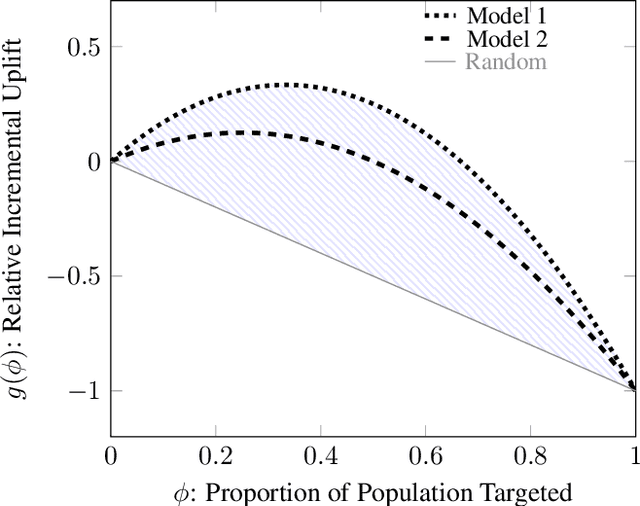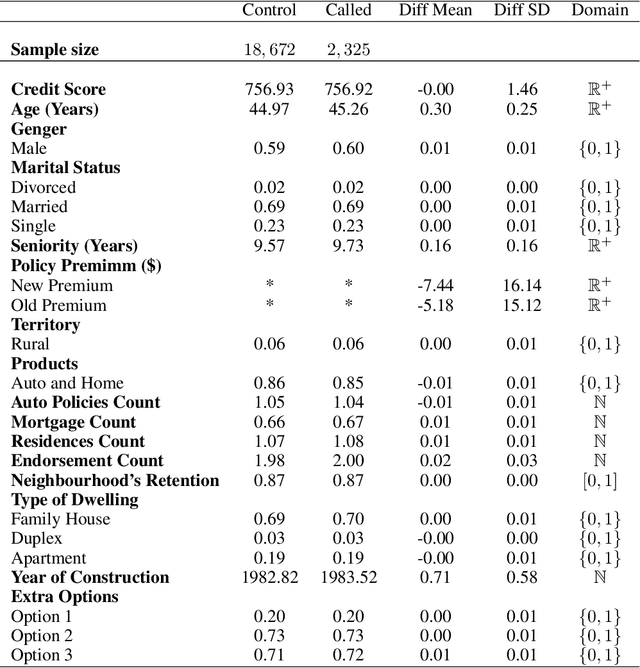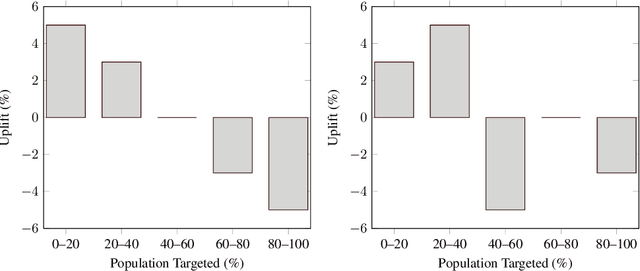Qini-based Uplift Regression
Paper and Code
Nov 28, 2019



Uplift models provide a solution to the problem of isolating the marketing effect of a campaign. For customer churn reduction, uplift models are used to identify the customers who are likely to respond positively to a retention activity only if targeted, and to avoid wasting resources on customers that are very likely to switch to another company. We introduce a Qini-based uplift regression model to analyze a large insurance company's retention marketing campaign. Our approach is based on logistic regression models. We show that a Qini-optimized uplift model acts as a regularizing factor for uplift, much as a penalized likelihood model does for regression. This results in interpretable parsimonious models with few relevant explanatory variables. Our results show that performing Qini-based variable selection significantly improves the uplift models performance.
 Add to Chrome
Add to Chrome Add to Firefox
Add to Firefox Add to Edge
Add to Edge